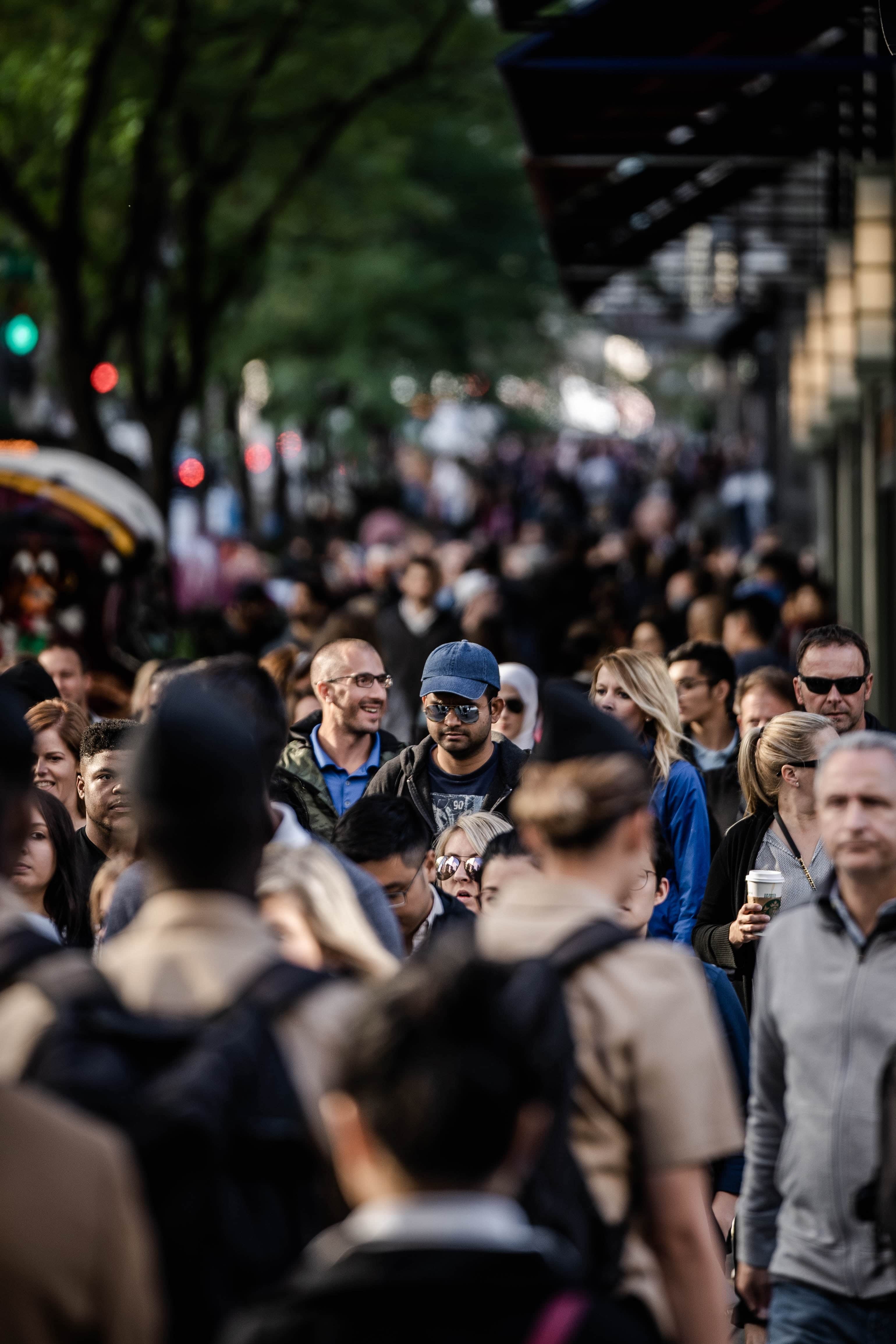Research into intricacies of human mobility
Researchers from the Technical University of Munich and TU Delft have looked into the intricacies of human mobility. A very topical subject in this time of the corona pandemic. While various aspects of human mobility and inter-personal contact duration have already been studied separately, little is known about how these two key aspects of our daily lives are fundamentally connected. Better understanding of such interconnected human behaviours is crucial for studying infectious diseases, and can help policymakers decide on which measures to take to reduce the spread of viruses. Their research was published in the journal Online Social Networks and Media.
“This research is aimed at better understanding how contacts between individuals take place once we consider human mobility aspects,” say researchers Leonardo Tonetto of TUM and Aaron Ding of TU Delft. Using GPS and Bluetooth traces from subjects who provided informed consent to the study, this work modelled the duration of contacts between people at both stops and while subjects were moving. Another important aspect investigated is how fundamental properties of time spent at a place are defined by whether or not a schedule is followed for that visit.
Observations
As a result, a series of mathematical models are proposed to derive pragmatic observations. For example, it is viable to predict the expected time a person would be in contact with others given the duration of their stay at a place. With another model, it is able to relate distance travelled and expected contact duration with others. Finally, on the fundamental properties of stay duration, it is observed that in places where a person does not follow a schedule the chances of staying there for very long periods of time decreases very fast (exponentially), while in places where there is a schedule even very long stays have some probability.
Insights in state of epidemic
With this knowledge, better models of contact duration are possible, even when no (or partial) data is available. For example, such models are often used to predict the future state of an epidemic like COVID-19. One key element in these epidemiological models is the contact rate, or how often infective and healthy people are in contact, and that is also defined in same cases given a minimum duration (like 15 minutes). Additionally, whether or not people are following a schedule will influence these epidemic models. All these insights can better inform policymakers when deciding on new (restrictive) measures on movements to reduce the spread of (future) viruses or in turn allow visits of limited duration.
Future steps
Future steps for this research will include using larger datasets on mobility and possibly include epidemiological data. In this way, the understanding about mobility and contacts can be translated into refined models on how mobility and infectious diseases are interwoven.
